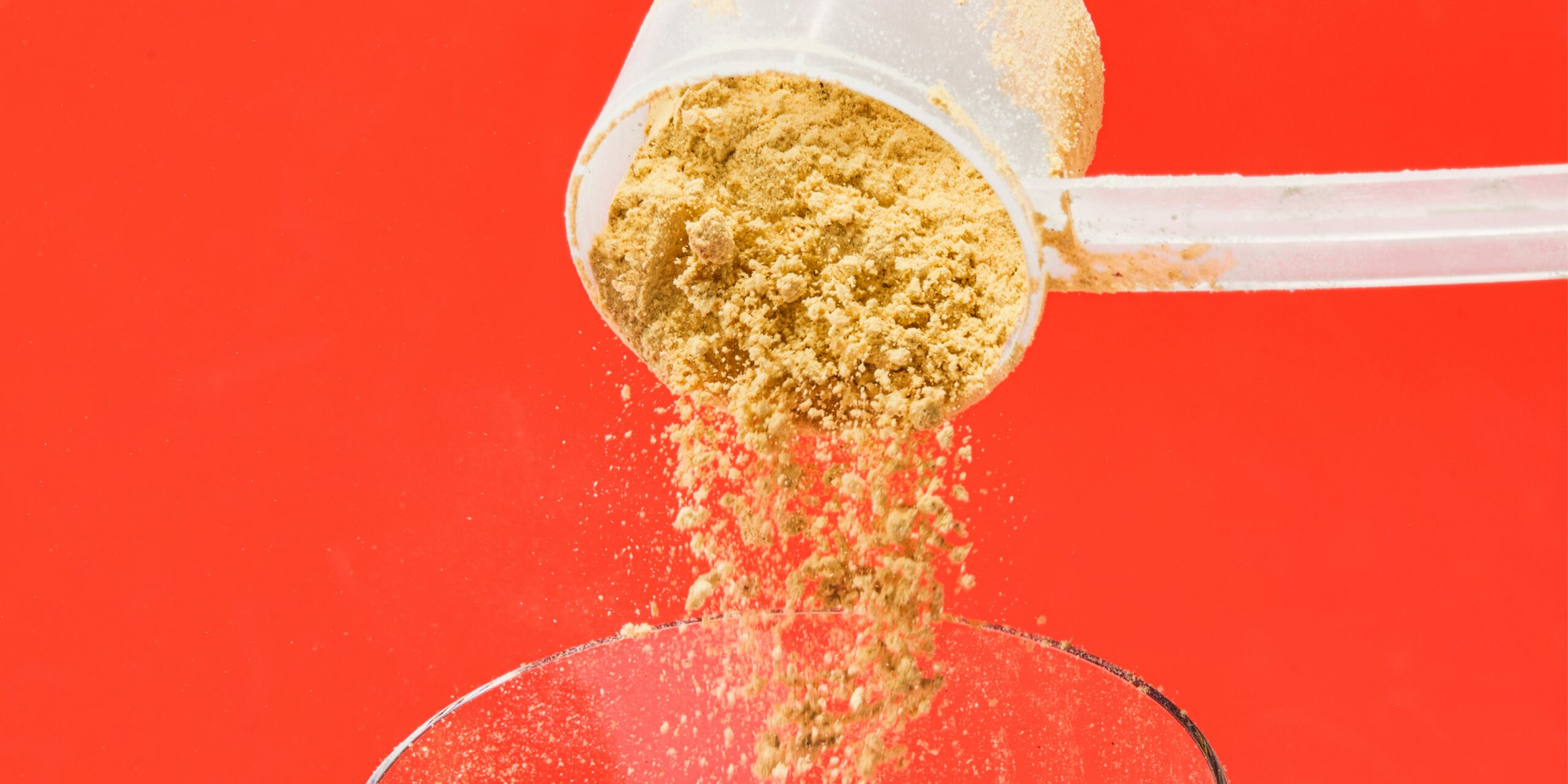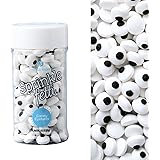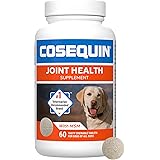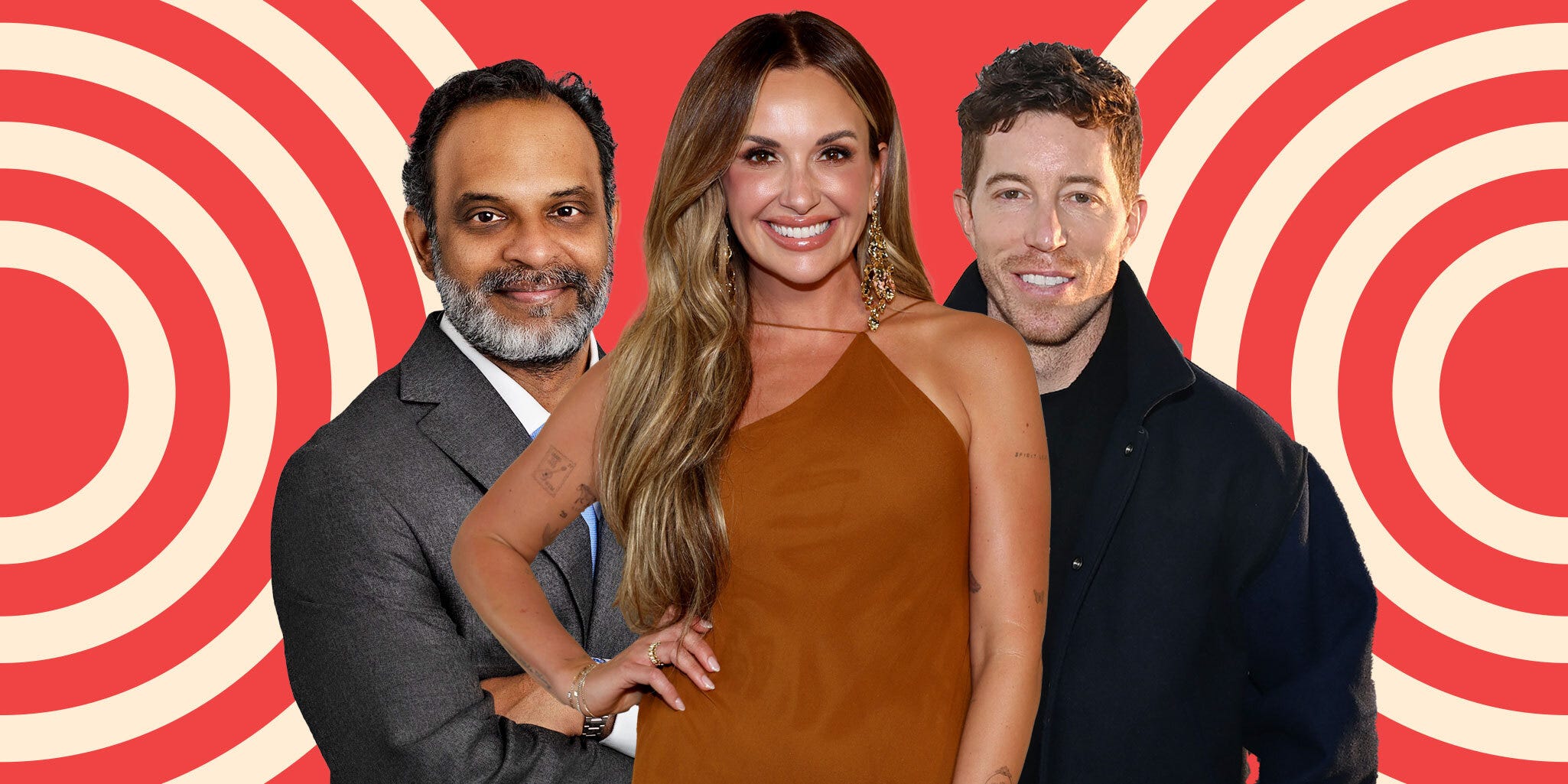Is Your Protein Powder Secretly Harming You? Experts Reveal the Truth Behind the Lead Scare!
So, you’ve been chugging your protein shakes like a champ—pumped, energized, crushing those workouts—and then bam outta nowhere, you hear your go-to powder might be harboring a stealthy intruder: lead. Yep, that lead. Cue the mini panic attack: should you toss that tub, call your doc, or just call it quits altogether? Hold up—before you dump your post-gym smoothie down the drain, let’s unpack what’s really going on here. Consumer Reports dropped some bombshell findings about lead levels in popular protein powders, but here’s the kicker—experts aren’t hitting the panic button just yet. Turns out, there’s a whole lot more nuance to this story, and not all protein powders are created equal. Curious if you really need to kick your supplement routine to the curb or if it’s just another case of “scare headlines” spinning you out of control? Stick around — I’ve got the breakdown on how to keep yourself safe from lead exposure while still smashing your protein goals. LEARN MORE
There’s nothing scarier than finding out that the protein powder you’ve been using for months to years might be contaminated with—gulp—lead. That was the major headline in recent weeks after Consumer Reports, an advocacy organization, shared their latest findings that there are high levels of lead in popular protein powders and premade shakes.
It might have you dumping your post-workout protein smoothie down the drain, scheduling an appointment with your doctor, or both. But before you freak out: experts say that the report isn’t actually cause for concern. There’s more to the story when it comes to lead in protein supplements.
Meet the experts: Sana Mujahid, PhD, is the manager of Food Safety Research and Testing at Consumer Reports. Andrea Love, PhD, is a biomedical scientist and writer of the newsletter Immunologic. Leslie Bonci, RD, MPH, is a dietician who has worked with General Mills, Kellogg’s, and the Kansas City Chiefs.
Here’s what you need to know about keeping yourself safe from lead exposure—while still getting help hitting those protein goals.
Here’s a breakdown of what the report uncovered.
Earlier this month, Consumer Reports published an article detailing their look at 23 protein powder and ready-made shakes, including from popular brands Naked Nutrition, Momentous, Optimum Nutrition, Orgain, Quest, and Ensure. They tested the products for levels of metals such as lead, cadmium, arsenic, and others.
According to Consumer Reports’ testing, only one product had no levels of lead detected. Two had levels so high that Consumer Reports doesn’t recommend people consume them ever, and six got the stamp of approval for consuming daily. Per the report, plant-based protein supplements had nine times the amount of lead compared to dairy-based products.
As for why they went looking: the advocacy group tested protein powders 15 years ago and found lead back then. Since protein supplements are something people tend to take regularly, even though most Americans hit their protein goals without them, Consumer Reports said that making sure they’re not getting chronic exposure to the metal might be a benefit to their health.
“[Lead exposure] can lead to adverse health outcomes over time,” says Sana Mujahid, PhD, the manager of Food Safety Research and Testing at Consumer Reports. At certain levels in the body (more on this in a minute), this heavy metal has been linked with adverse health effects including decreased kidney function, heart conditions, nerve disorders, and mood changes, according to the National Institutes of Health.
Between Consumer Reports’ 2010 research and now, lead levels in the protein powders they tested have risen, something that Mujahid calls “concerning.” After calculating lead levels, Consumer Reports issued recommendations about how often to consume each product.
Here’s a breakdown of the organization’s recommendations based on their recent findings:
Protein products CR says you should avoid:
- Naked Nutrition Vegan Mass Gainer, Vanilla
- Huel Black Edition, Chocolate
Protein products CR recommends you limit to once per week:
- Garden of Life Sport Organic Plant-Based Protein, Vanilla
- Momentous 100% Plant Protein, Chocolate Flavor (Note: This product has been discontinued and is no longer commercially available.)
Protein products that CR says are okay a few times per week:
- MuscleMeds Carnivor Mass, Chocolate Peanut Butter
- Optimum Nutrition, Serious Mass Vanilla (based on its arsenic levels, not lead)
- Jocko Fuel Molk Protein Shake, Chocolate
- Vega Premium Sport Plant-Based Protein, Chocolate (Note: This is now called Vega Protein + Recovery and has new pea-sourcing, which could impact lead levels.)
- Quest Protein Shake, Chocolate
- Orgain Organic Plant-Based Protein Powder, Vanilla Bean
- Optimum Nutrition Gold Standard Protein Shake, Chocolate
- Equip Foods Prime Protein, Chocolate
- PlantFusion Complete Protein, Creamy Vanilla Bean
- Ensure Plant-Based Protein Nutrition Shake, Chocolate
- Muscle Milk Pro Advanced Nutrition Protein Shake, Chocolate
- KOS Organic Superfood Plant Protein, Vanilla
Protein products that CR says are okay for daily consumption:
- Owyn Pro Elite High Protein Shake, Chocolate
- Transparent Labs Mass Gainer, Sweet Vanilla
- Optimum Nutrition Gold Standard 100% Whey, Chocolate
- BSN Syntha-6 Protein Powder, Vanilla Ice Cream
- Momentous Whey Protein Isolate, Vanilla Flavor (Note: This product has also been discontinued.)
- Dymatize Supper Mass Gainer, Gourmet Vanilla
And, with no detectable levels of lead: Muscle Tech 100% Mass Gainer, Vanilla
Lead in protein powders sounds bad, but experts aren’t so sold on Consumer Reports’ takeaways.
The primary reason why is because Consumer Reports’ “level of concern” for lead is based on California’s Proposition 65—not the Food and Drug Administration’s (FDA) standards.
“Prop 65 levels are not actually set by any sort of scientific criteria,” says Andrea Love, PhD, a biomedical scientist and writer of the newsletter Immunologic. Rather, state legislators can add metals, chemicals, and more to the list and set their own safe dosage criteria.
Prop 65’s maximum allowable dose levels (MADL) tend to be pretty high compared to other places, though. “They have very, very different levels of what they hold things to that, for most places, aren’t going to be realistic or attainable,” says Leslie Bonci, RD, MPH. “That doesn’t mean that we should just eat whatever and not think about it, but it does mean that this is [creating] undue alarm for something that you can’t remove from food.”
According to Prop 65, the maximum allowable amount of lead per day is 0.5 micrograms. If you turned to the FDA’s Interim Reference Levels for lead safety, however, reproductive age females should keep their exposure to less than 8.8 micrograms per day, while the general adult rec is 12.5 micrograms per day. That’s 17.6 and 25 times higher than Prop 65’s limits, respectively. These numbers are based on data from the Centers for Disease Control—and then lowered ten-fold for an added layer of safety. (And, if you wanted to hop across the pond and see what Europe’s standards are when it comes to lead: their regulatory threshold is 123 times higher than Prop 65’s MADL, says Love.)
But still, this is lead we’re talking about. Is there really any harm in going with Prop 65’s more conservative number? It turns out, the FDA’s limit is already conservative enough, Love says. If you were exposed to 8.8 micrograms of lead on a particular day, your blood lead level would rise by a tiny bit—less than half a microgram per deciliter. Harmful effects, Love says, don’t start to happen until your blood level is at 5 to 10 micrograms per deciliter.
You should also keep in mind that Consumer Reports’ research is not published in a peer-reviewed journal. “The actual study methodology is really not robust from a scientific standpoint,” Love says. For one, the Consumer Reports report used a small sample size for its testing. “You need to show that this level [of lead] is found reproducibly, so you need to source from multiple commercial shelves, buy across a broad geography, buy across multiple lots of the product, sample over a longer time period, and you definitely need to do more than two technical replicates to make any sort of conclusion about whether those levels were legitimate.”
Plus, lead is in *a lot* of things you consume—and that’s not necessarily cause for concern.
Lead in anything (like, in tampons, for example) sounds scary, but it doesn’t always mean that your health is at risk. Lead is a natural element that comes from the earth, which is just to say that you can’t avoid it entirely. It can be found in the air, soil, and water—and that’s a big reason it ends up in our supplements and food. “There’s trace amounts of lead in a lot of things that we eat,” says Bonci. “You can’t get it out.”
As Consumer Reports noted, plant-based protein supplements tend to have higher levels of the metal. That’s because plants are easier exposed to lead through how they’re cultivated, but even animal-based protein sources might have some lead via the food and water they consume. So, in everyday life (and in product-testing), “trace amounts of lead are unavoidable,” says Mujahid.
Really, the refrain that “there’s no safe amount of lead” (which is technically true) might be overly alarmist. “That’s the catchy phrase, [but] it does create this unnecessary fear,” Love says. “Nobody is saying that lead exposure is good for you, but the issue is that minuscule lead exposure is inevitable.”
So, no, you don’t need to worry about lead in your protein powder based on these findings.
“I would not be concerned about it at all,” Love says.
Bonci, similarly, isn’t concerned about the lead levels, but she is concerned about the report creating food avoidance and fear. “It makes for good headlines or good ‘dreadlines’ as I would say,” she explains. “We’ve seen this play out already with the Clean 15 and the Dirty Dozen, which moved people away from eating fruits and vegetables. It doesn’t help to make people feel bad, guilty, or unnecessarily alarmed with trying to put produce on their plate or trying to do their best to get their protein needs met. Living in a state of fear is just really not moving the needle for physical nor mental health.”
If you want to continue to use protein powder—even if it’s on Consumer Reports’ list—consider this your green light to do so, according to the experts we spoke with. And, if you want an extra level of reassurance, you can go with options that are third-party tested or NSF certified for sport, Bonci says. This won’t guarantee that there are no metals present, but it holds your supplements to a specific standard in an unregulated industry.
Again, though, you don’t really need to worry about lead in your protein powder. Other research found that, while there are small levels of metals in protein powders, they don’t pose an increased risk of health effects, according to a 2020 systematic analysis in Toxicology Reports. Another 2025 cross-sectional study in the Journal of Nutritional Science done in Hungary demonstrated that heavy metal levels in protein powders purchased across the globe, including in the United States, were low or undetectable based on European standards.
And for the record, Consumer Reports themselves aren’t saying that you shouldn’t use protein powder at all (aside from the two they deem unsafe), though they do recommend that you prioritize getting protein from whole food sources. “There’s no need to panic,” Mujahid says. “There’s no immediate harm from the levels of lead that we found.”
Olivia Luppino is an editorial assistant at Women’s Health. She spends most of her time interviewing expert sources about the latest fitness trends, nutrition tips, and practical advice for living a healthier life. Olivia previously wrote for New York Magazine’s The Cut, PS (formerly POPSUGAR), and Salon, where she also did on-camera interviews with celebrity guests. She’s currently training for the New York City marathon.




















Post Comment